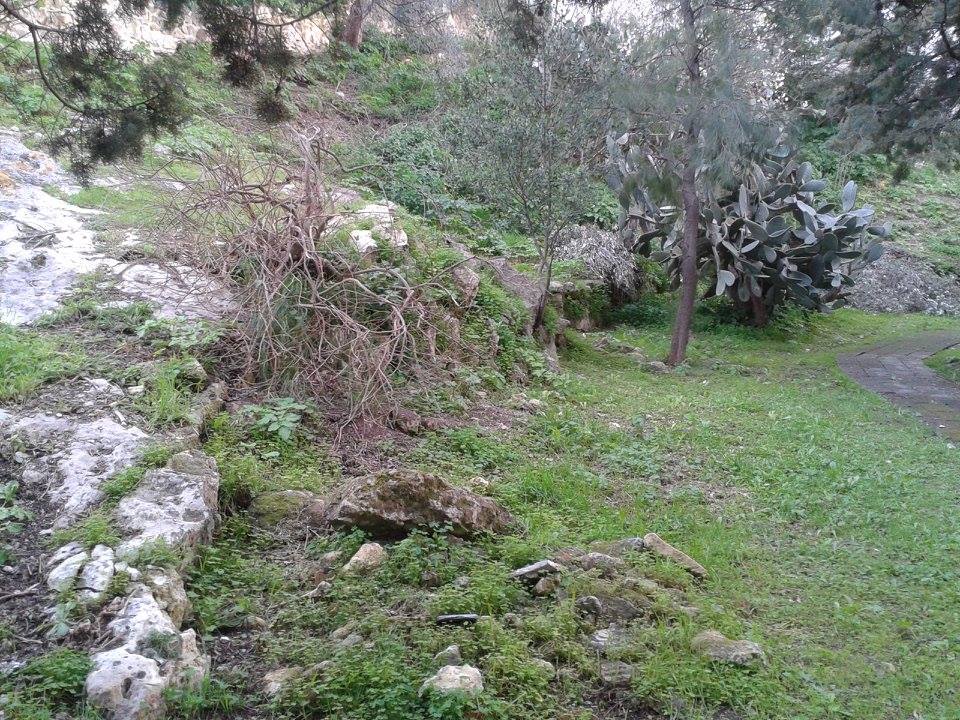If you have ever studied philosophy I imagine you will remember the myth of Plato’s cave (If you want to deepen the topic here there is a complete view about Plato’s Allegory of the Cave).
It tells of men who have remained closed since they were children in a subterranean cave, chained so that they can only see the bottom of the cave.
Behind them stands a high and remote light, and between the light and the prisoners there is a wall that runs alongside a path. On the path walk some people carrying different objects, some argue, others do not.
Whoever is in the caves, having never observed the true object, thinks that the shadow cast at the bottom of the cave must be the real object, and that the echoes are the true voices of those people.
For him it is long and painful, because his eyes, which are not accustomed to light, hurt so much more that he approaches the opening of the cave.
Once accustomed, however, the prisoner can see that the shadows were only the projection of the objects brought by the servants behind the wall and now he thinks these are the real objects.
Walking will succeed in getting out of the cave and here the image of the prisoner is to indicate the philosopher, as time goes by he gets closer and closer to being able to look directly at the sunlight. It will first observe the reflections of real things because it is still unable to look at them directly, dazzled by the light, finally its eyes will get used to it and will be able to see the sunlight directly, which makes real objects visible.
The man, finally free, decides to spread this knowledge, but returning to the cave, he must get used to the darkness again, and the other men will not be ready to follow him on a path that brings a lot of suffering.
Recommended insight:
